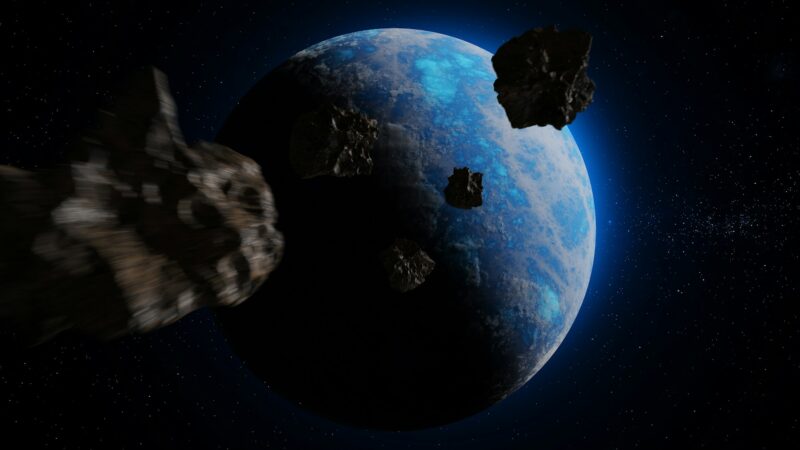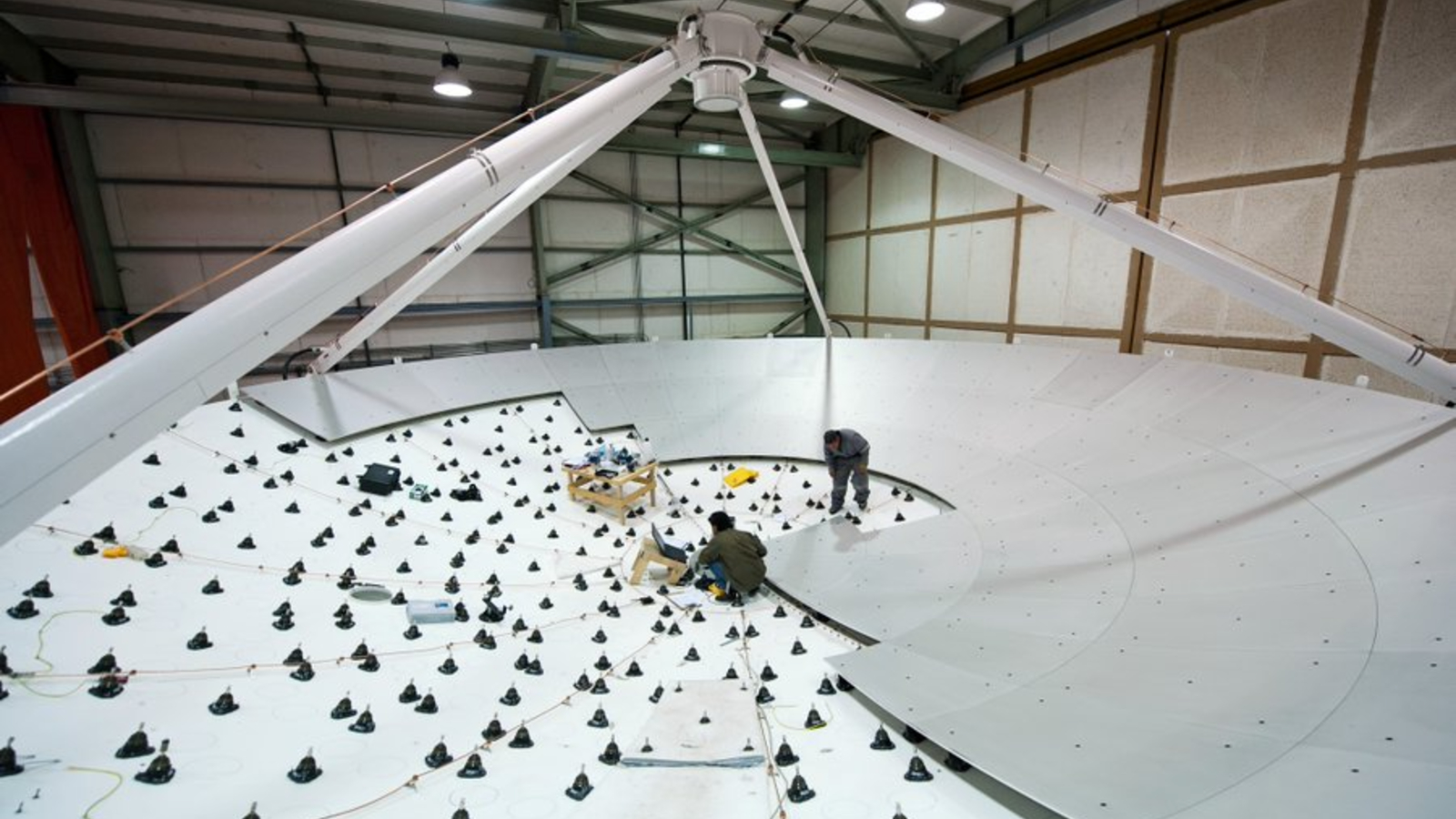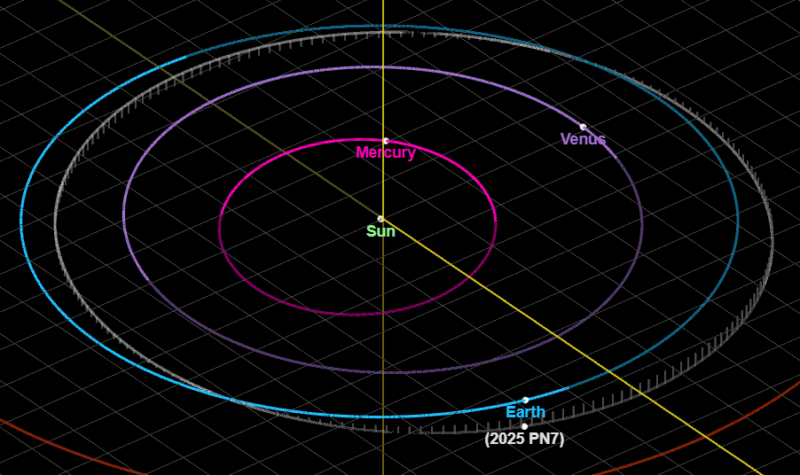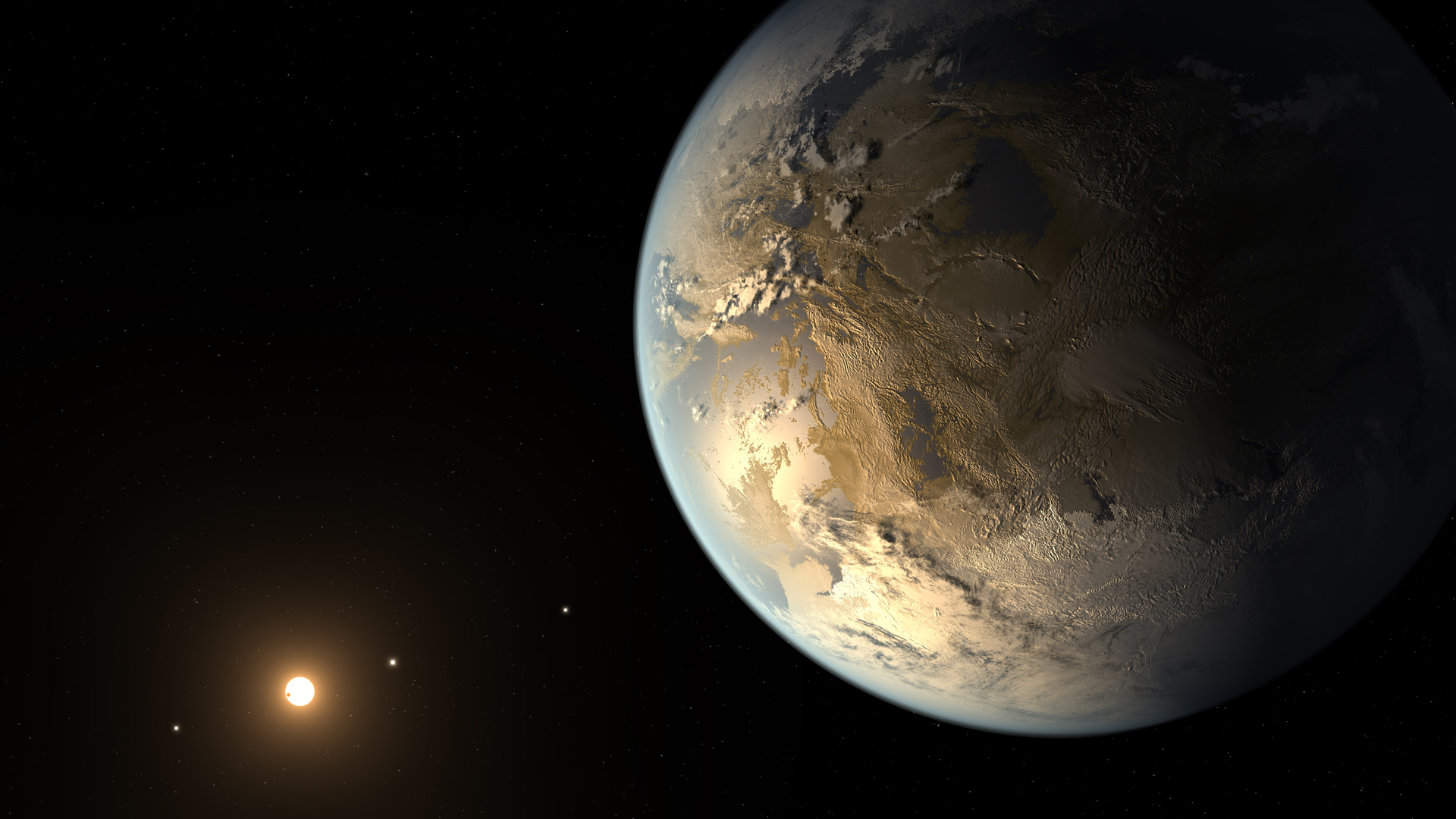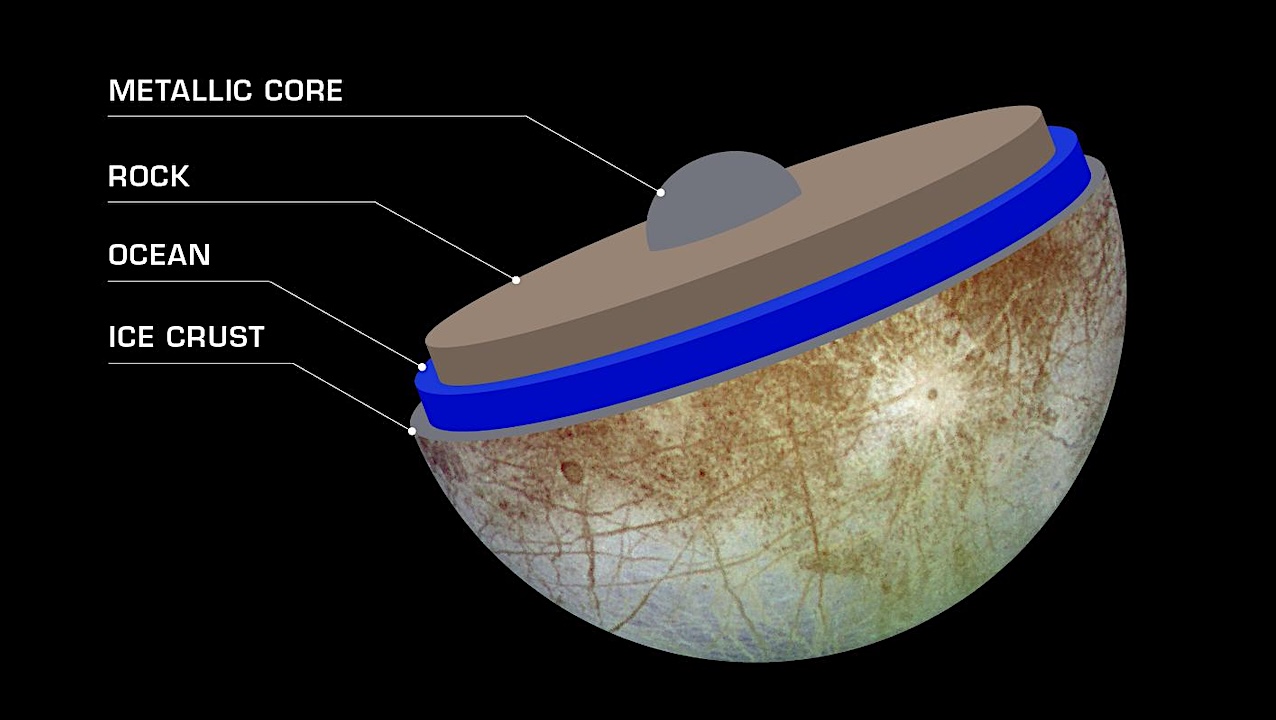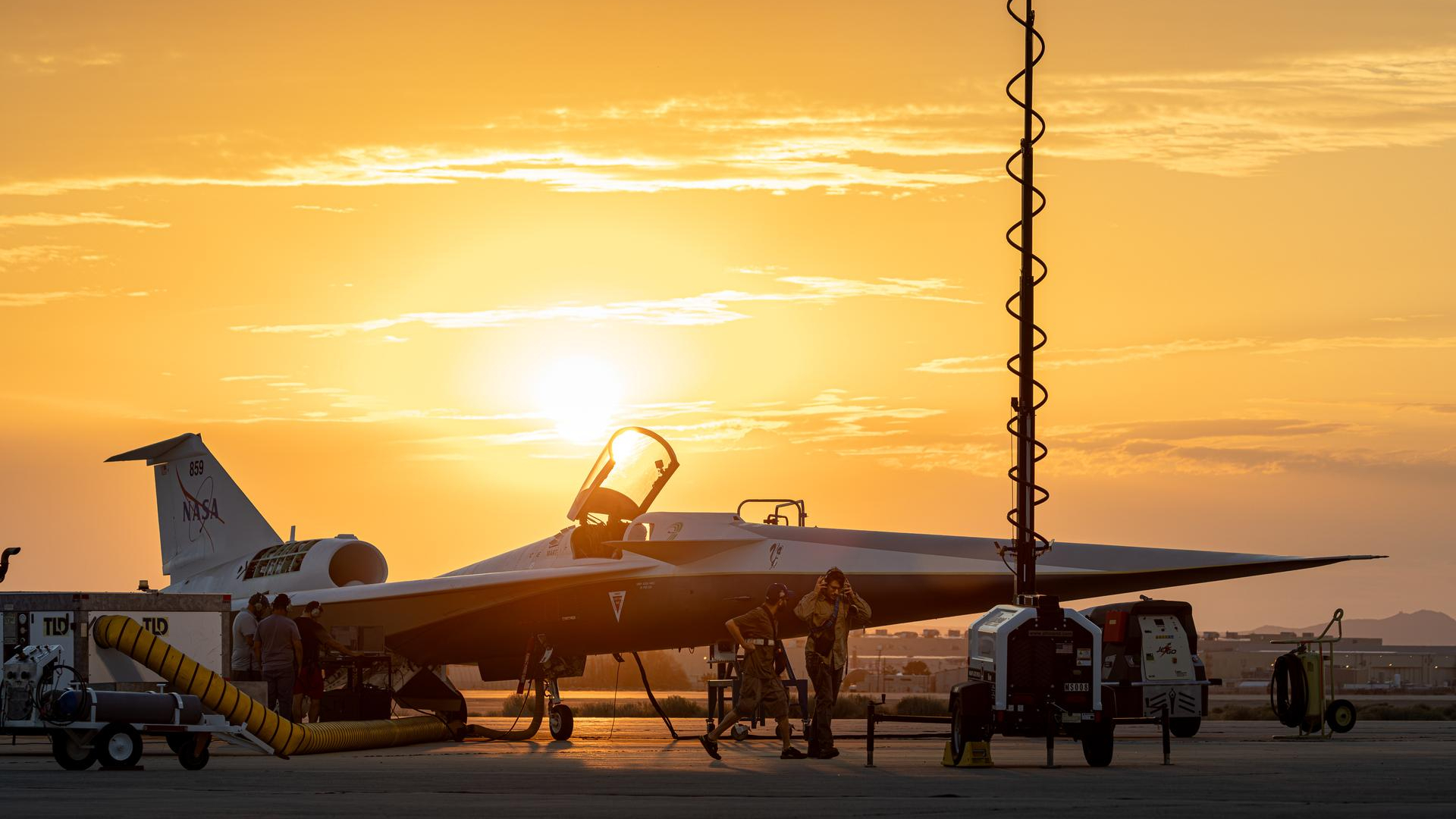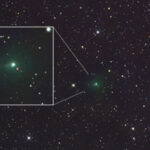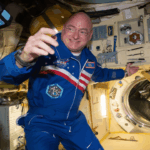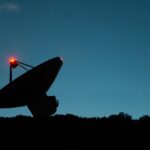Scientists said on September 20, 2025, that they found evidence an asteroid struck the North Sea some 43 million years ago. As a result, the asteroid impact would have resulted
Hot Posts632- Page
Large exoplanets are more easily detected than small ones. It’s axiomatic. While large planets block out more starlight during transits, small planets block out much less, letting them hide in
In the high-altitude desert of northern Chile sits the Atacama Large Millimeter/submillimeter Array (ALMA). Conceived as a partnership among scientists in Europe, North America, East Asia, and Chile, ALMA was
Newly discovered quasi-moon 2025 PN7 shares a similar orbit with Earth. But from Earth’s perspective, it appears to orbit us. Image via NASA. Meet quasi-moon 2025 PN7 You might recall
Far beyond the familiar planets of our solar system lies a staggering diversity of alien worlds: exoplanets that orbit distant stars, each with its own story written in starlight. Some
Jupiter’s moon Europa is smaller than Earth’s moon yet may contain more than twice as much liquid water as all of Earth’s oceans combined. Scientists believe that under its icy
Explore Hubble Hubble Home Overview About Hubble The History of Hubble Hubble Timeline Why Have a Telescope in Space? Hubble by the Numbers At the Museum FAQs Impact & Benefits
Filamentary structures and anisotropy are observed across the dynamic range of star formation. Starting at the star-forming scale, (1) shows the OMC-1 star-forming filament observed by ALMA+IRAM 30 m in
Astronomers have spotted a cosmic explosion of high-energy gamma-rays unlike any ever seen before. The gamma-ray burst (GRB) designated GRB 250702B set itself apart from other explosive bursts of gamma-rays
On July 18, 2025, NASA’s experimental X-59 supersonic research aircraft basked in golden light on the ramp at Lockheed Martin‘s Skunk Works facility before being put through a series of
-
 012024 in Review: Highlights from NASA in Silicon Valley
012024 in Review: Highlights from NASA in Silicon Valley -
 02Panasonic Leica Summilux DG 15mm f/1.7 ASPH review
02Panasonic Leica Summilux DG 15mm f/1.7 ASPH review -
 03How New NASA, India Earth Satellite NISAR Will See Earth
03How New NASA, India Earth Satellite NISAR Will See Earth -
 04And Thus Begins A New Year For Life On Earth
04And Thus Begins A New Year For Life On Earth -
 05Astronomy Activation Ambassadors: A New Era
05Astronomy Activation Ambassadors: A New Era -
06SpaceX launch surge helps set new global launch record in 2024
-
 07Space Force plans new ‘Futures Command’ amid pressure to speed up modernization
07Space Force plans new ‘Futures Command’ amid pressure to speed up modernization


